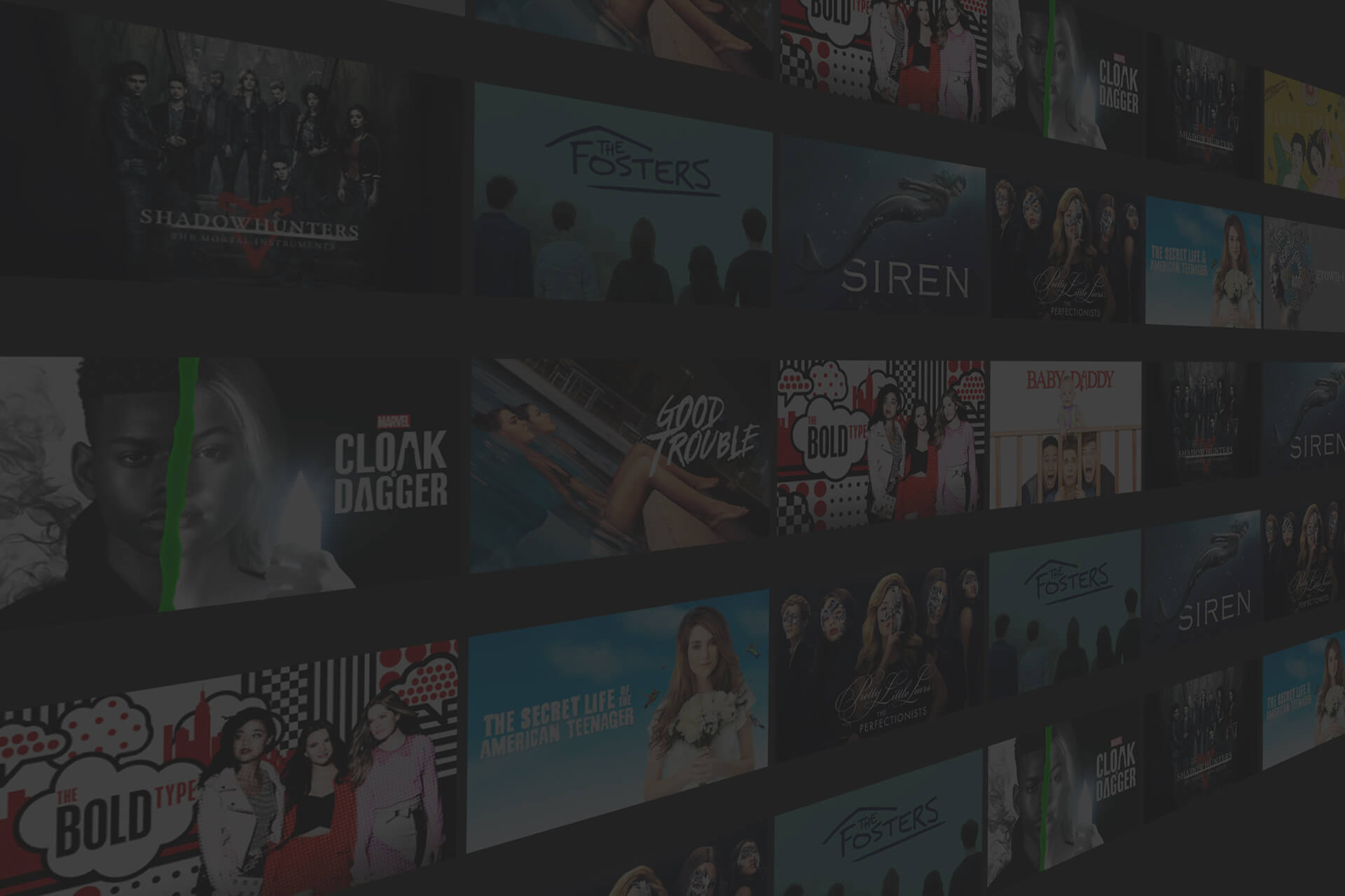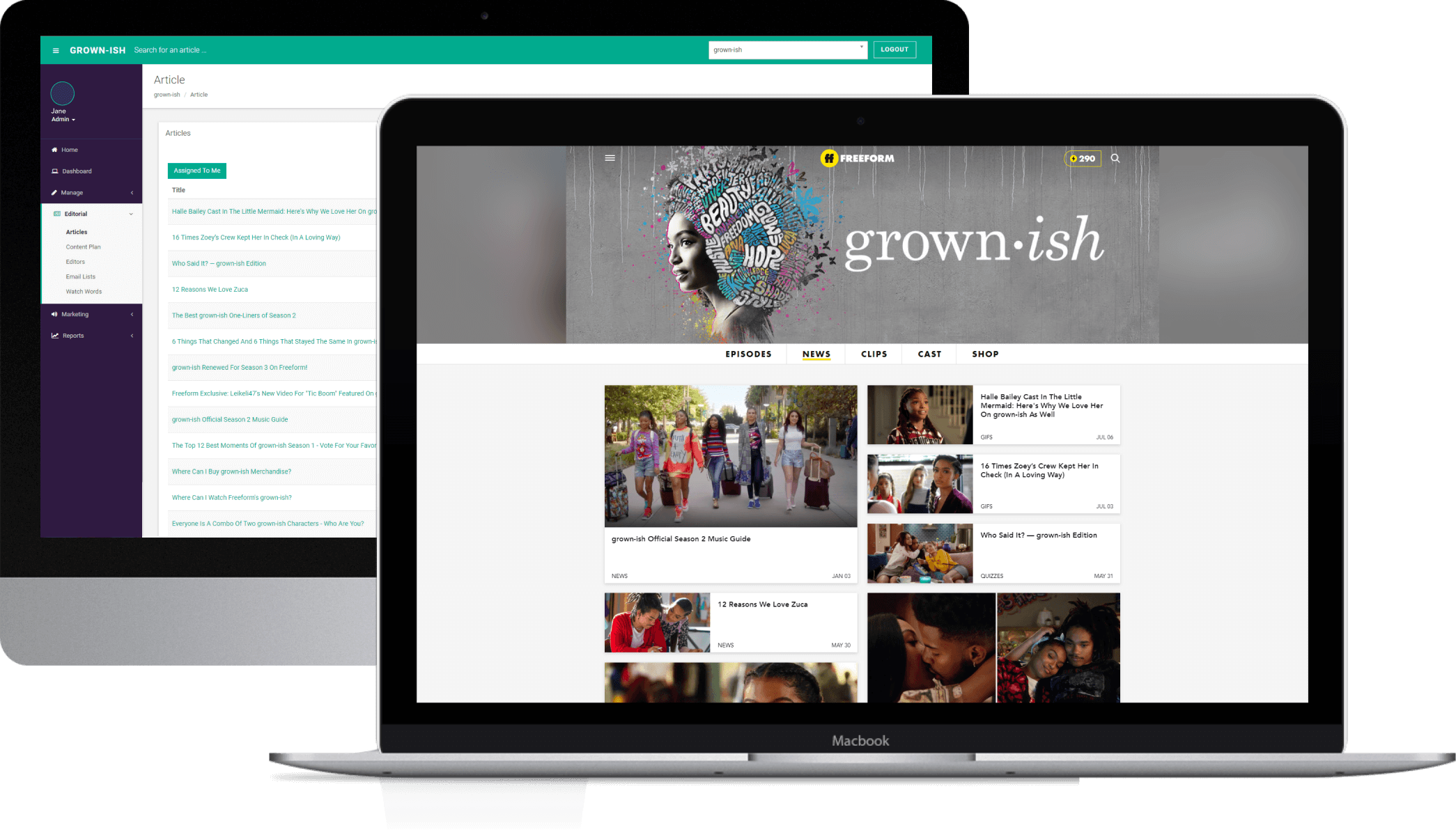Since the platform's beginnings, ShowMS has included the ability to plan, create and publish editorial content.
In fact, this area of the system started out as a CMS and front-end powering fan engagement sites for Freeform shows. The sites acted as hubs where viewers could go for the latest news, quizzes, listicles and more. In order to produce a large quantity of high value content, we needed an efficient way of creating a whole range of popular article formats, as well as a painless publishing process.
At the core of the editorial engine are two key concepts:
- Articles - an Article contains assets and meta-data, and is the root of a collection of List Items
- List Item - a List Item is a unit of content within an Article and can have it's own authoring interface within the CMS and its own renderer on the front-end. List Items make up the body of any ShowMS article and break it up into separate manageable chunks that can be moved around and edited when needed.
This approach leads to a extendable and very flexible content model. Whenever a new format is identified, it can be added into the list of available List Item types and content can be authored for it.
The system now includes over 40 different List Items types, from the simplest like text or image to more complex engagement formats like Outcome Quizzes, Trivia Quizzes, Polls and Videos.
Creating an efficient publishing process provided its own challenges. Key implementations included proper states for every article to go through, beginning from Work In Progress, to Awaiting Review From Freeform, to Scheduled, to Published. Perhaps more important to the publishing process was the introduction of an article activity feed that highlighted key events, such as:
- Whenever an article enters a new state i.e. from Work In Progress to Awaiting Review
- Who has been assigned the article as it goes through its various states
- Messages for Freeform and Storm Ideas discussing the article, requesting changes etc.
- Whenever the article is saved, allowing users to view previous versions



